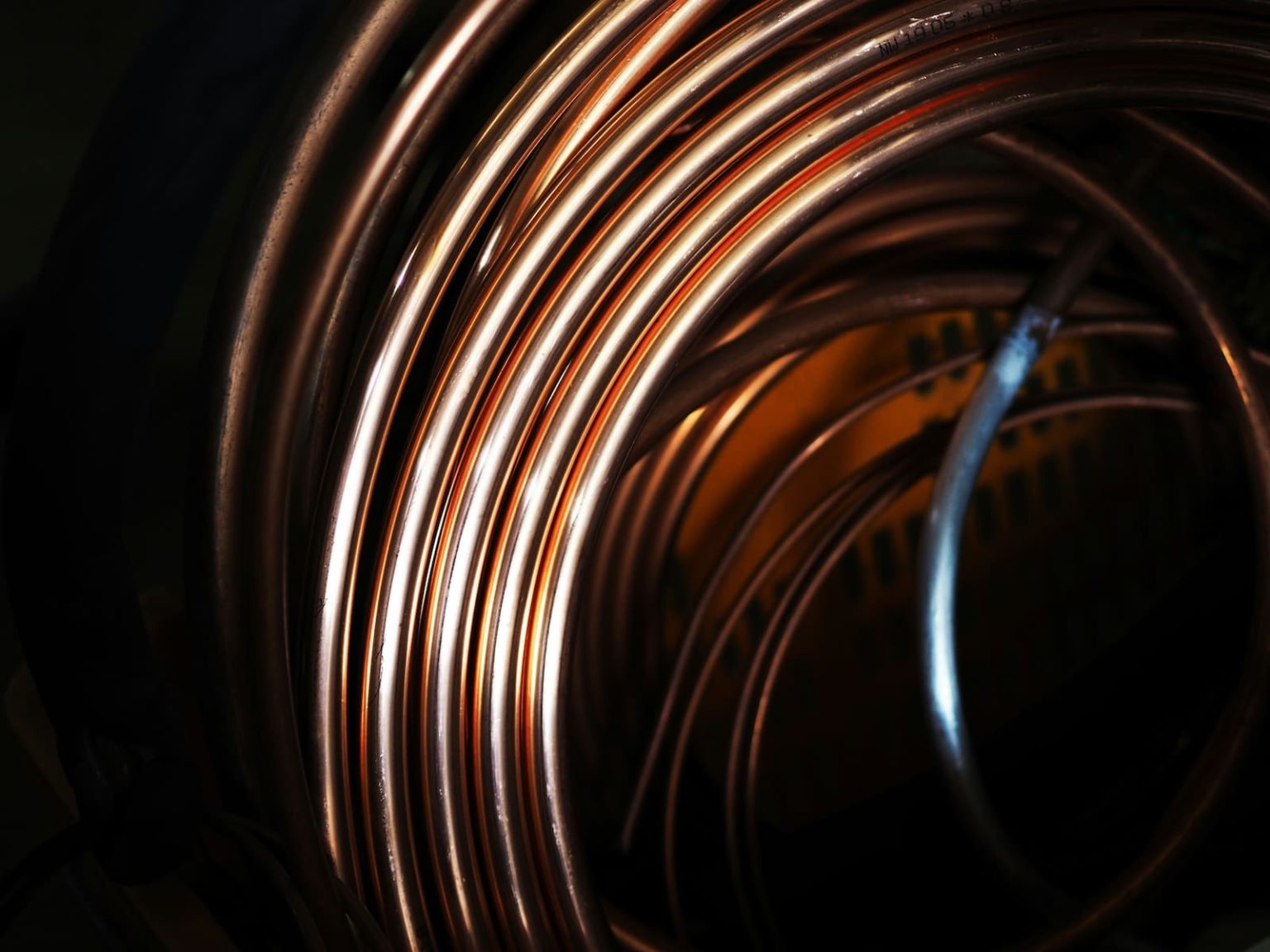Europe is on the cusp of a revolution in its telecommunications infrastructure. The era of the old copper networks, which have been the backbone of telephone and internet connectivity for decades, is coming to an end. Fiber optic, with its ability to offer ultra-fast internet speeds and greater reliability, is positioning itself as the future backbone of the European telecommunications network.
Transition to Fiber Optic: An Unavoidable Necessity
The decision to abandon copper networks in favor of fiber optic is not merely a matter of technological improvement; it is an urgent necessity. In the digital age, where the amount of data generated and shared is massive and continues to grow exponentially, copper infrastructure simply cannot keep pace. Its limited capacity and susceptibility to interference and degradation over time make it unsuitable for the current demands of bandwidth and service quality.
On the other hand, fiber optic not only offers significantly higher connection speeds, but also greater stability and lower latency. These characteristics are essential for facilitating emerging technologies such as the Internet of Things (IoT), artificial intelligence, virtual and augmented reality, and to support the growing adoption of telecommuting, high-definition streaming, and online gaming.
Europe Commits to Fiber Optic
Several European countries have already begun the transition to fiber optic, with national plans setting ambitious goals to achieve nearly universal fiber optic coverage in the next decade. These efforts are being supported by policies and financing from the European Union, which recognizes the importance of a modern and efficient telecommunications infrastructure for the continent’s future economic and social development.
Investment in fiber optic not only promises to improve connectivity for European citizens and businesses, but is also seen as a key driver for innovation, competitiveness, and economic growth. Additionally, the transition to fiber optic is a crucial component of Europe’s efforts to achieve its digitalization and sustainability goals, by providing a more energy-efficient infrastructure compared to the old copper networks.
Challenges on the Horizon
However, the transition from copper to fiber is not without challenges. Modernizing the telecommunications infrastructure on such a large scale requires significant investments, careful planning, and coordination among governments, regulators, telecommunications service providers, and other stakeholders. Additionally, ensuring that the transition is inclusive and does not leave anyone behind, especially rural and remote communities, is a central concern for policymakers.
Conclusion: A Future Connected by Fiber
The end of copper exchanges in Europe and the widespread adoption of fiber optic mark the beginning of a new era in connectivity and communication. This fundamental shift in telecommunications infrastructure will not only allow Europe to stay at the forefront of technological innovation but also ensure that its citizens and businesses are better connected than ever. With fiber optic as the new standard, Europe is laying the groundwork for a digitally advanced and sustainable future.

